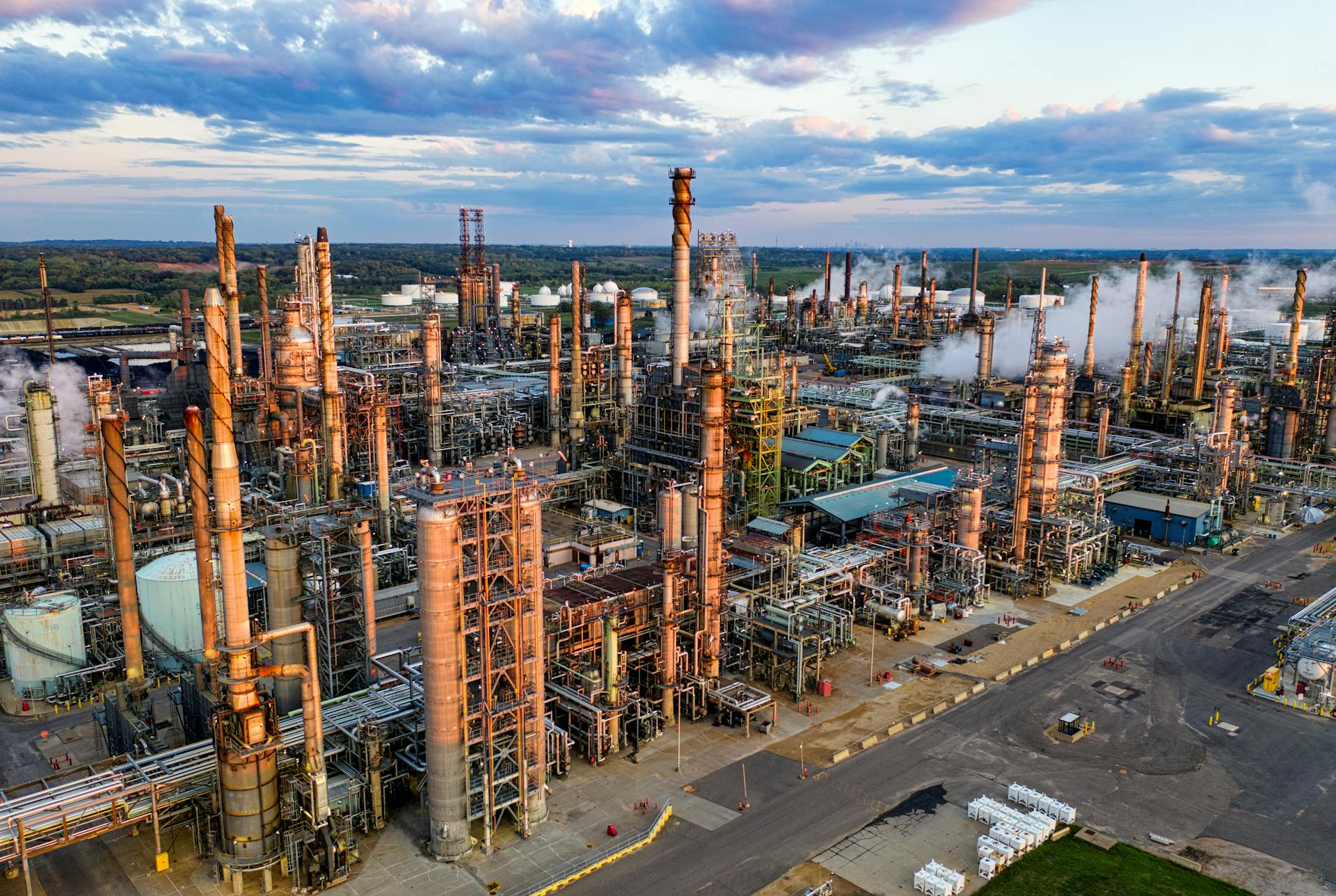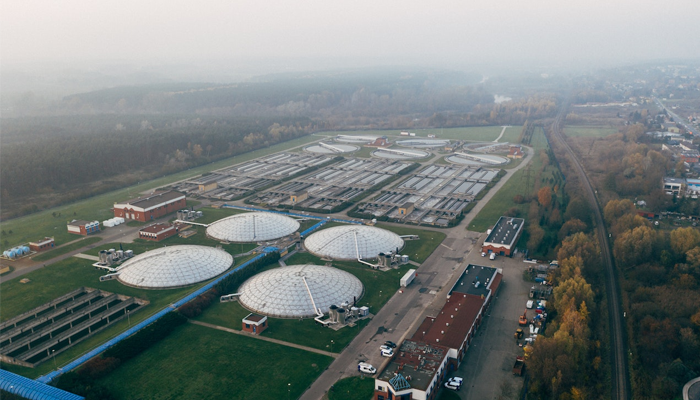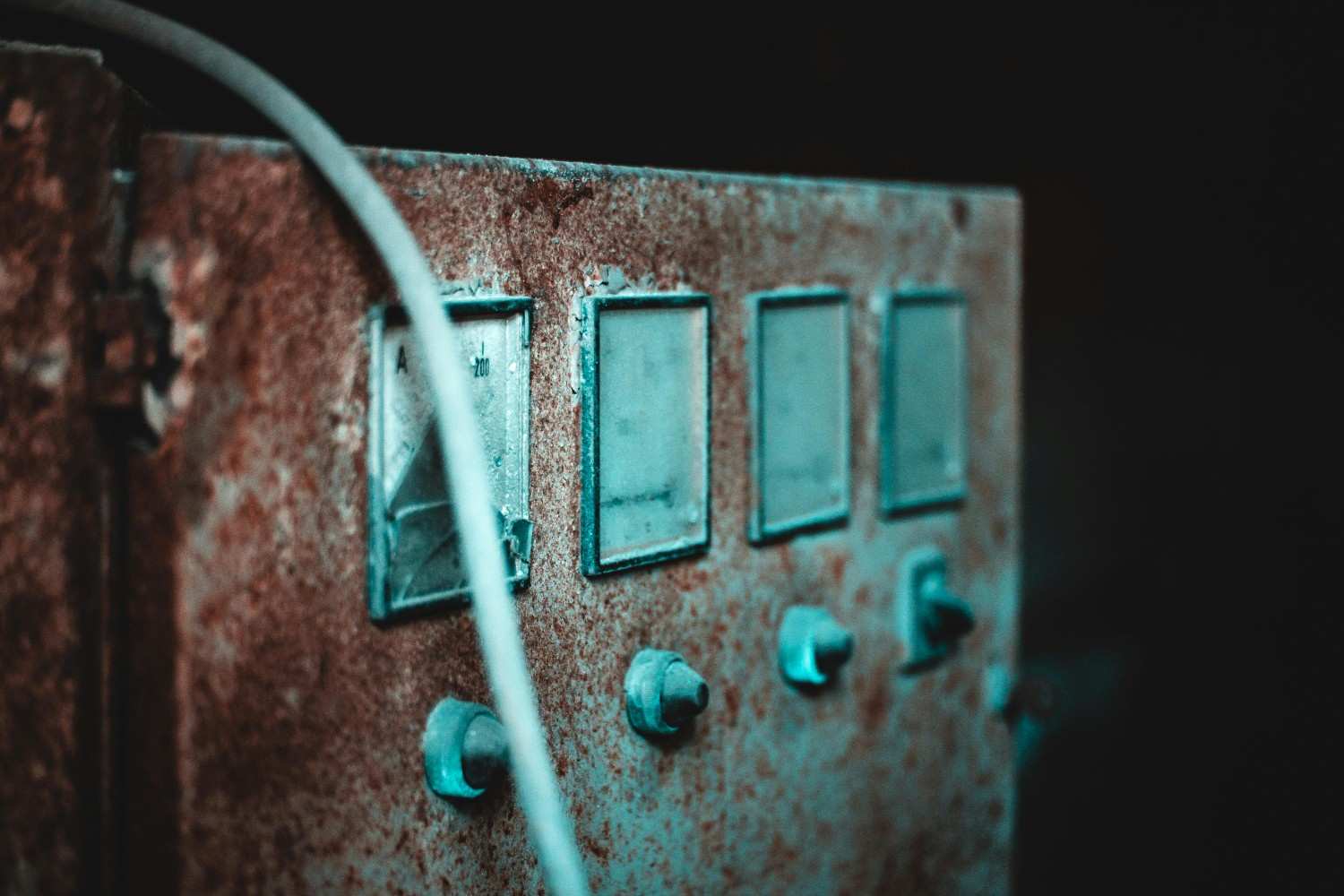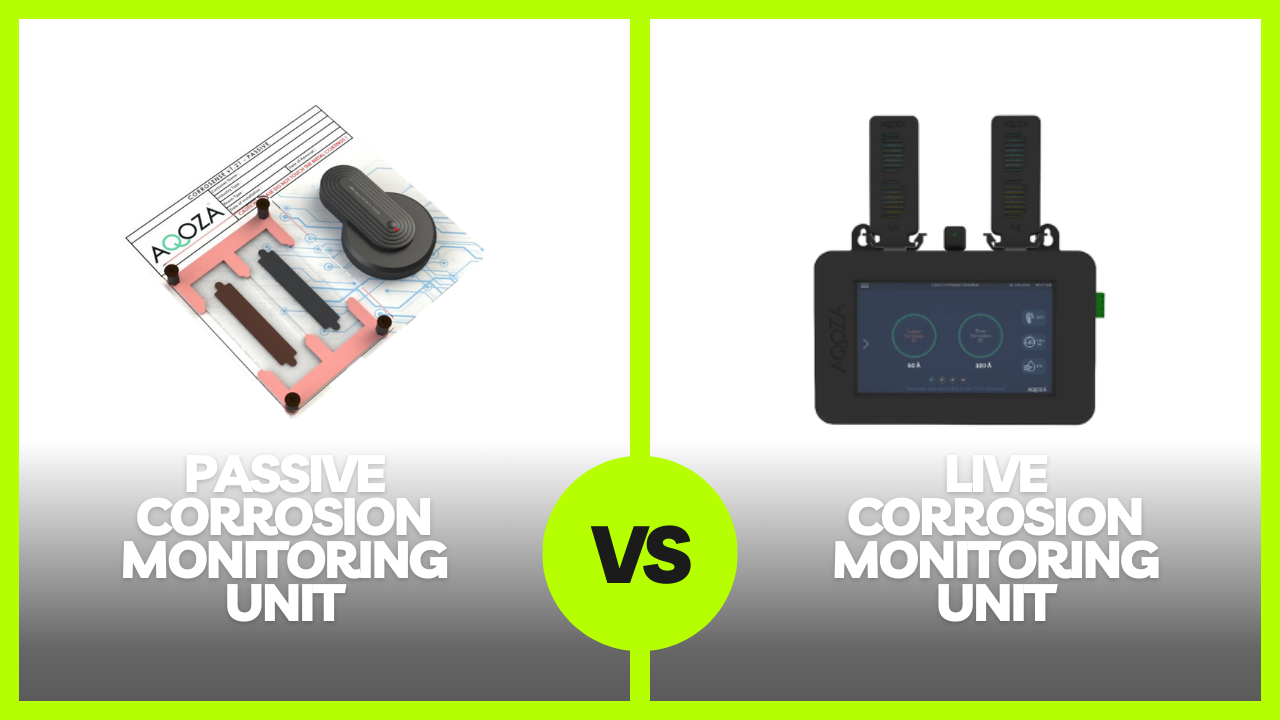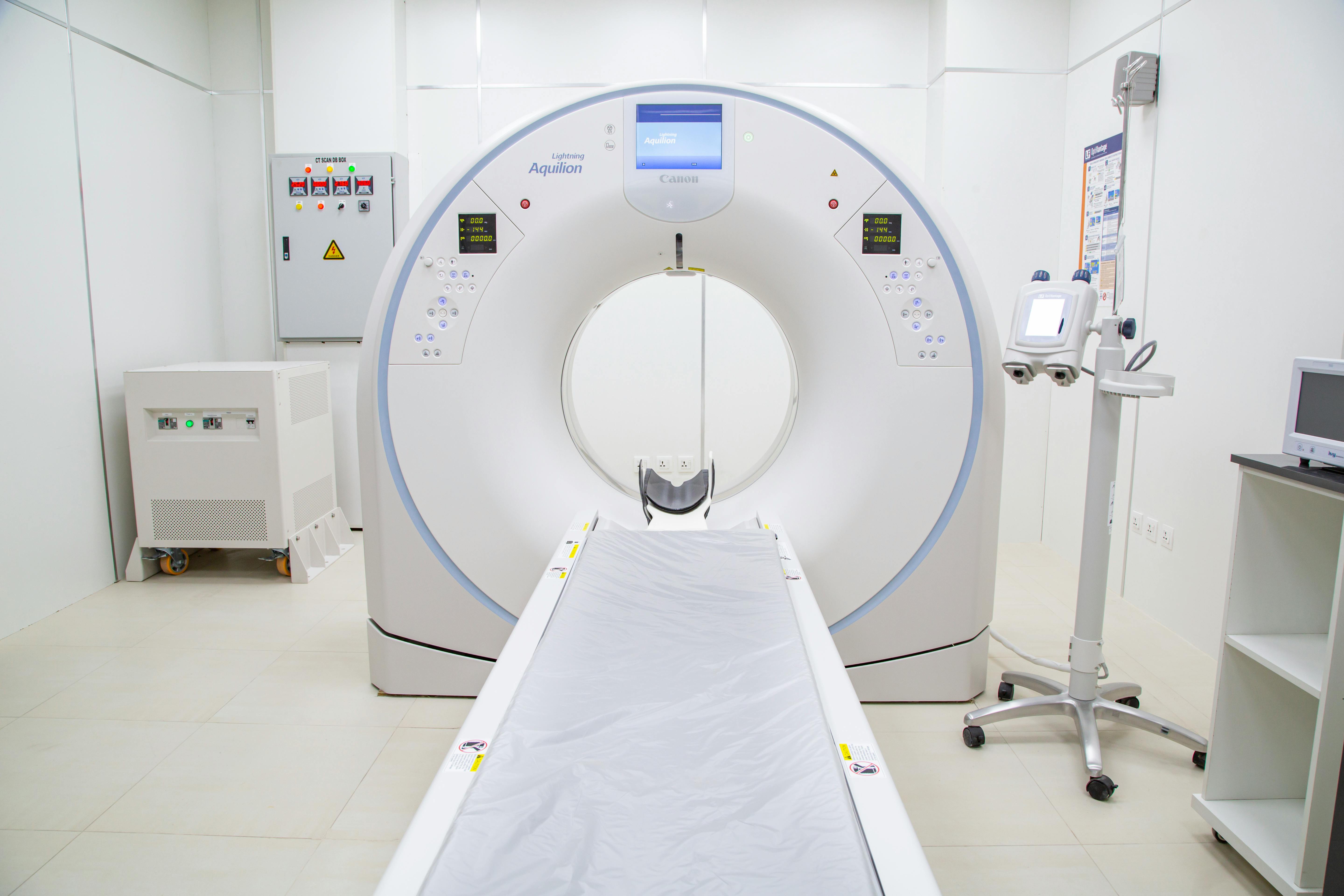5 Questions to Ask while buying an Odour Control System
Published : 11 Aug 2021

Author Name : Zahid, Co-founder & CEO
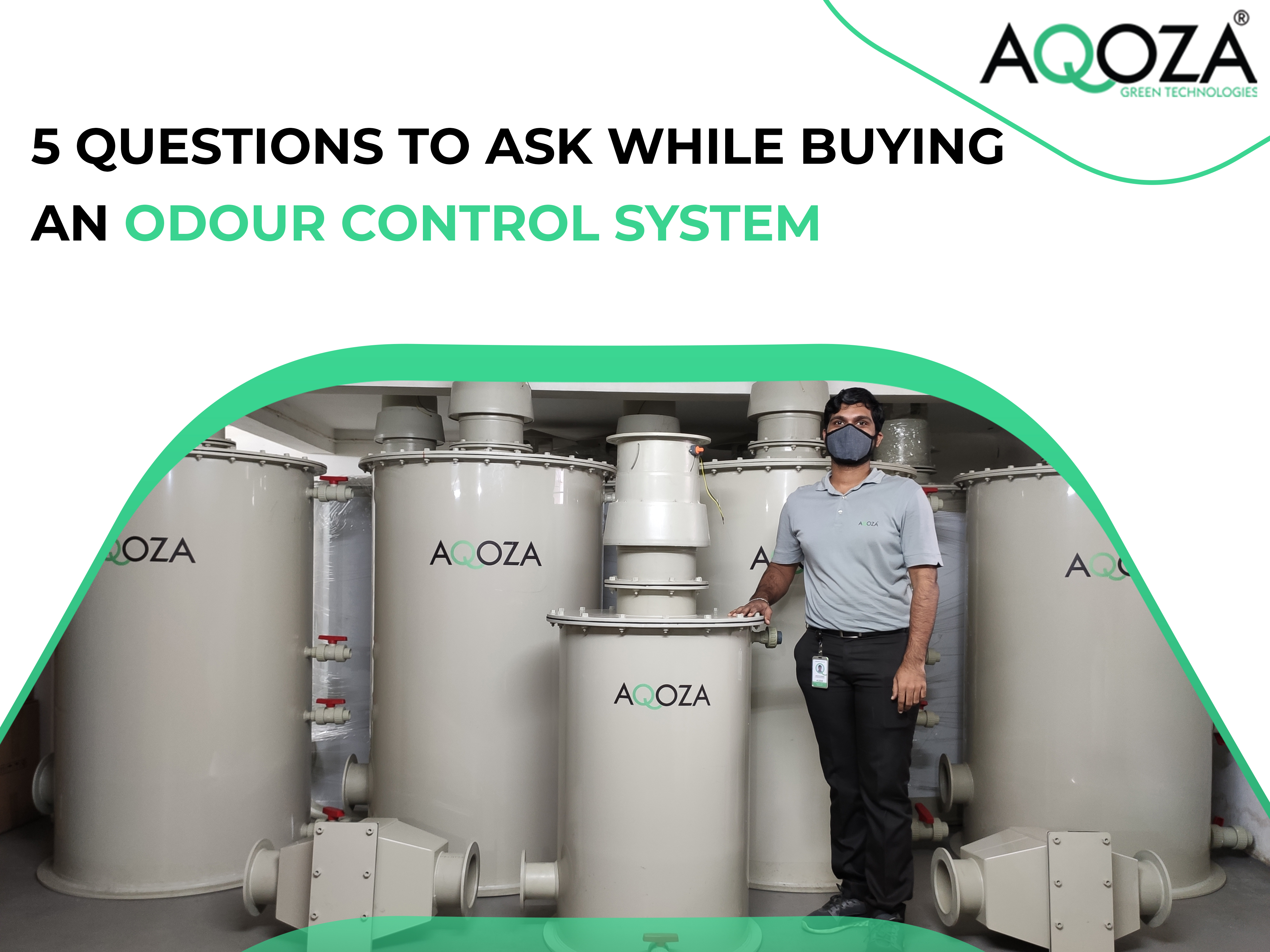
Most of the process engineers in the wastewater treatment industry and environmental industry are utmost clear about the treatment process of wastewater and its optimization but for those having unclear knowledge, any action could be futile.
Fixing clarity when implementing an odour control system at facility is a favourable business key.
Here are top rated questions to be asked when exploring potential odour control system suppliers globally;
1. Which is the odour control technology offered?
There are many proven odour control technologies in wastewater treatment; widely used are:
- Activated carbon adsorption system
- Chemical scrubbing system
- Biological oxidation system
2. What are the process tanks, they have considered for odour removal?
In wastewater treatment plant, potential odour generating areas are inlet works including but not limited to wastewater receiving channel, pumping station, screening & grit removal channel, etc. and sludge treatment facility including but not limited to sludge holding tank, sludge treatment room, etc.
As a process engineer, one must need to make sure that these areas are considered while estimating the odour control system capacity.
3. What is the Air exchange factors considered?
Air exchange factors are very critical in designing the odour control system capacity which directly impacts the size and efficiency of the wastewater odour control and removal. Most of the regional municipalities have made a clear guidance on the Air exchange factors to be considered while estimating the odour control system capacities.
Typically, for inlet works air exchange factors considered in the range of 12-15 of the volume of the air. And for the sludge treatment facility, it will be 6-12 of the volume of the air, it depends on the ventilated room, aerated tanks, etc.
4.What is the efficiency of the Odour removal?
Efficiency of the odour removal shall be in line with the regional municipality standards, pre-decided to outline odour limits in wastewater treatment facility.
Several municipalities kept a discharge limit of less than 1ppm Hydrogen sulphide for Odour control system; though there are municipalities asking for higher removal efficiency, Hydrogen sulphide less than 0.1ppm at the Odour control system outlet.
At the outset, any odour control system should have a minimum removal efficiency of 99%.
5. What is the Operational cost and consumable cost?
While buying, many of the customers will just check the capital cost; never bothered about the operational cost of the system.
Ideally, capital & operational costs should be estimated while comparing the cost of the offered odour control system; eventually, this pricing strategy will help the customers to decide which technology should be considered and installed.
If you are a first-timer when it comes to subscribing to the odour control technologies, must comprehend the set of questionnaires mentioned above, as to evaluate the best of all.
For any better clarity, you can always seek support from odour control experts for optimizing odour control requirements. At AQOZA, Odour control specialists are always there to serve you. The company fits the bill perfectly when implementing odour control systems at your facility.

